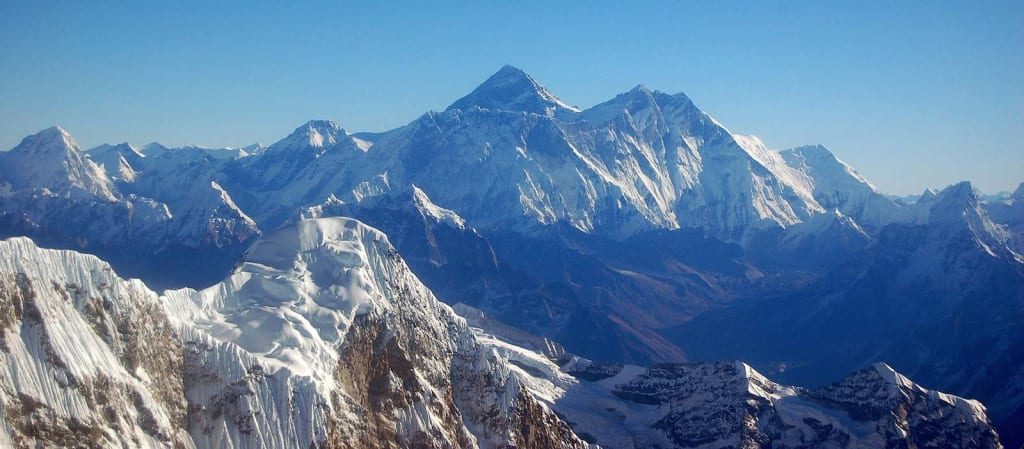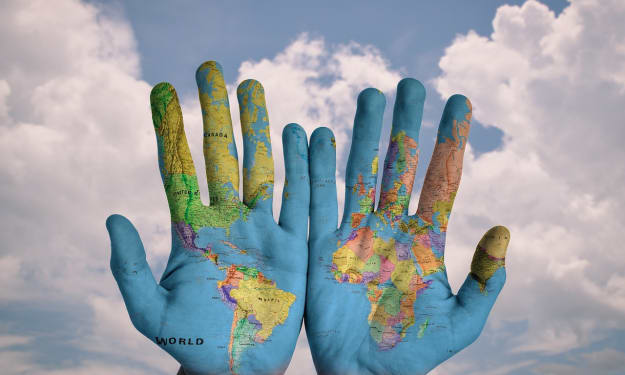
History of Nepal
Early History and the Formation of Kingdoms
Nepal's history is rich and diverse, deeply intertwined with the cultures of the Indian subcontinent and Tibet. The earliest inhabitants of the region are believed to be the Kirat people, who are mentioned in ancient Hindu texts. Their rule is estimated to have begun around the 7th century BCE. The Kirat period is significant for its contributions to early urbanization and trade.
The introduction of Buddhism to Nepal is attributed to the legendary figure Gautama Buddha, who was born in Lumbini in the 6th century BCE. The region saw the establishment of several Buddhist and Hindu states over the centuries, reflecting the religious diversity and syncretism that has characterized Nepalese culture.
The Licchavi Period (c. 400-750 CE)
The Licchavi period marks a significant era in Nepalese history, characterized by political stability and cultural flourishing. The Licchavis were instrumental in establishing a centralized state with Kathmandu Valley as the core region. This period saw the construction of many temples and stupas, some of which still stand today. The introduction of the caste system, influenced by the Indian Varna system, and the promotion of Hinduism and Buddhism were notable during this era.
The Malla Dynasty (1200-1768)
The Malla period is renowned for its cultural renaissance and architectural achievements. The Kathmandu Valley was divided into three kingdoms: Kathmandu, Bhaktapur, and Patan, each ruled by different branches of the Malla dynasty. This period saw intense rivalry among the kingdoms but also a remarkable cultural and artistic output, particularly in Newar art and architecture.
The Mallas were great patrons of the arts and constructed many palaces, courtyards, and temples, including the famous Durbar Squares of Kathmandu, Bhaktapur, and Patan. The period also saw the codification of laws and development of the Nepalese language and literature.
The Unification of Nepal and the Shah Dynasty (1768-2008)
The unification of Nepal is credited to Prithvi Narayan Shah, the first king of the Shah dynasty. Born in 1723, Prithvi Narayan Shah initiated a campaign to unify the small, fragmented kingdoms of Nepal. By 1768, he had successfully unified most of the country, establishing the foundation of modern Nepal. His vision was to consolidate power and protect Nepal from British colonial expansion in India.
The Shah dynasty expanded the territory of Nepal through military campaigns. However, the Anglo-Nepalese War (1814-1816) resulted in Nepal losing a significant portion of its territory through the Sugauli Treaty, which defined the modern boundaries of Nepal.
The 19th century saw the rise of the Rana dynasty, which ruled as hereditary prime ministers from 1846 to 1951. The Ranas maintained the Shah kings as figureheads while holding de facto power. Their rule was marked by authoritarianism and isolation from the outside world, though they also undertook modernization projects like building infrastructure and introducing new administrative systems.
The Democratic Movement and Modern Nepal (1950-Present)
The Rana regime was overthrown in 1951 following a popular revolution, leading to the establishment of a constitutional monarchy and the end of Nepal's isolationist policies. The subsequent decades were marked by political instability, with frequent changes in government and the rise of various political parties.
In 1990, a popular movement led to the establishment of a multiparty democracy within the framework of a constitutional monarchy. However, the 1990s and early 2000s were also marked by a brutal civil war between Maoist insurgents and government forces, resulting in significant loss of life and displacement.
The civil war ended in 2006 with the signing of the Comprehensive Peace Accord, leading to the abolition of the monarchy in 2008 and the declaration of Nepal as a federal democratic republic. The first Constituent Assembly elections were held in 2008, and Nepal began the process of drafting a new constitution.
Recent Developments
The promulgation of a new constitution in 2015 marked a significant milestone in Nepal's political history. The new constitution established Nepal as a federal democratic republic with seven provinces. However, the process was contentious, with various ethnic and regional groups protesting against perceived injustices in the new federal structure.
Nepal has also faced significant challenges, including the devastating earthquakes of 2015, which caused widespread destruction and loss of life. The country has been working towards recovery and rebuilding, with significant international assistance.
In recent years, Nepal has made strides in political stability and economic development, although challenges remain. Issues such as poverty, corruption, and political infighting continue to impact the country. However, Nepal's strategic location between India and China presents opportunities for economic growth and development.
Cultural Heritage
Nepal's cultural heritage is a testament to its rich history and diverse influences. The Kathmandu Valley, a UNESCO World Heritage Site, is home to many ancient temples, palaces, and monuments. The living traditions of the Newar community, who are renowned for their craftsmanship and festivals, contribute significantly to Nepal's cultural landscape.
Nepal is also known for its natural beauty, with the Himalayas drawing tourists and adventurers from around the world. Mount Everest, the world's highest peak, is a major attraction. Nepal's biodiversity, including its national parks and wildlife reserves, is another significant aspect of its heritage.
Conclusion
The history of Nepal is a story of resilience, cultural richness, and transformation. From ancient kingdoms to modern democracy, Nepal has navigated through periods of unity and division, conflict and peace. Today, it stands as a nation proud of its heritage and hopeful for its future, continuing to build on its historical legacy while striving for progress and prosperity.
About the Creator
Enjoyed the story? Support the Creator.
Subscribe for free to receive all their stories in your feed.





Comments (1)
Nepal is a country I have a dream to travel.